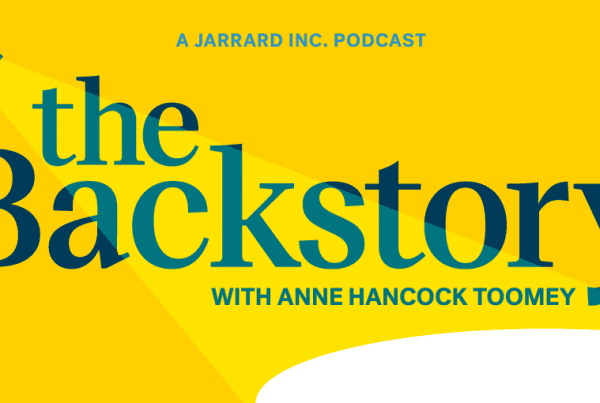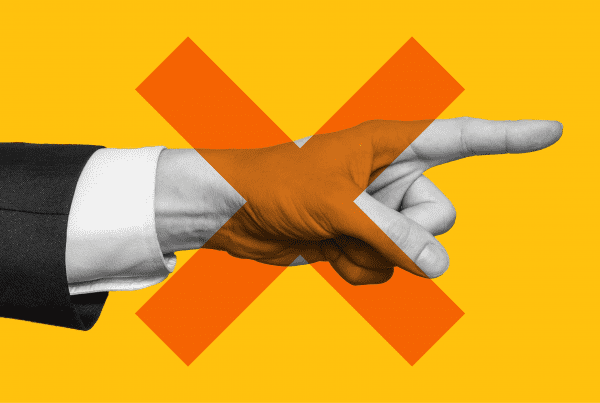The Big Story: Has Your Starbucks Barista Been Acting Especially Friendly Lately? Here’s Why.
“The world’s largest coffee company is mounting a new effort to choreograph the way its hundreds of thousands of U.S. baristas speak, make drinks and hand off orders, down to the word. They are being coached to read customers’ moods, to choose the right gestures, the correct tone of voice.”
Kindness and Other Undervalued Assets
By Tim Stewart
2-minute read
You would be forgiven for viewing the recent news of Starbucks’ friendliness training as faintly dystopian, the voice of a faceless corporate behemoth bellowing, “Look them in the eye!” At a glance, it feels like it could be the worst expression of a distant profit-obsessed corporate overlord basically saying, “Do as I say, not as I do.”
Starbucks is not a non-profit organization. It’s a publicly traded company with a clear charge to maximize shareholder value. Which makes it notable that they’re choosing to grow overhead and slow down (slightly) to spark moments of connection.
Healthcare leaders may be well-served to take a coffee break and observe what this initiative says about the dominant culture of the moment, the value of even-seemingly-inauthentic human connection and how organizational cultures are formed and maintained.
You may have noticed that we are in a bit of a disharmonious cultural moment. Which is to say, things don’t exactly feel great out there. The vibes are off. And while our shambolic Political Scene takes up much of the oxygen, there’s also just a general fraying of nerves and low-grade irritability humming below the surface of many four-way intersections and grocery store aisles.
Kindness has not disappeared, but it’s hardly the prevailing theme of this age.
In 2003, Michael Lewis wrote Moneyball, a book that profiled Billy Beane’s management of the Oakland Athletics as they used advanced statistical analysis to maximize their efficiency and compete against deeper-pocketed baseball teams. Over the intervening decades, analytics-driven efficiency has infiltrated just about every business pursuit. Every self-serving post on LinkedIn and cold call email in your inbox trumpets some new way to squeeze every last drop of productivity out of your tools, your employees, yourself.
But Moneyball wasn’t really about statistical rigor or on-base percentage. It was about finding attributes that are undervalued by the market and then capitalizing on that knowledge. And in this moment, Starbucks is betting on kindness and connection as an undervalued asset. A market inefficiency worth exploring.
Scripted Authenticity
Does this kindness awakening happen overnight, or even authentically? Well, no:
“In the lesson covering the handoff of beverages, baristas role-played how to impart warmth to the customer, according to the training material,” the Wall Street Journal writes. “Baristas could ask a customer what they thought of their drink, encourage them to return tomorrow or note that it means a lot for them to be part of their day.”
Look, there’s a lot to hate about this characterization, which feels a little like a Saymo robot dropped “how to interact with humans” into ChatGPT. The idea that basic interpersonal interaction can be described this clunkily underlines something rotten in the state of human affairs.
But let’s take a more charitable view: Building an authentic culture, particularly when the culture is shifting from maximum efficiency to something more human, begins with a first step. The first step here is to reset the paradigm of what is valued within the organization.
Cultural Muscle Memory
This reframe creates a permission structure for employees to prioritize human connection over assembly-line delivery. It creates a different experience expectation for customers. It tells everyone involved to shift their assumptions of one another.
If the Starbucks directive stops at cute notes scrawled on cups, it will be a failure. Success will look like a genuinely connected culture that people see and feel, the idea of people building reps at inauthenticity until they inhabit the real thing. People and organizations need to build muscle memory over time, in big and small interactions, to create a genuine culture that transcends corporate playbooks and environmental signifiers.
Organizations (like ours, and in the counsel we deliver) spend a lot of time and energy establishing their mission, building a values architecture and developing an organizational voice. The opportunity that Starbucks is looking to seize lies in their recognition that the lived experience of any enterprise is built by the hundreds or thousands of individual voices and actions of the people within that organization.
Humans connecting with humans, in 2025? There may be hope for us yet.
Contributors: David Shifrin, David Jarrard, Emme Nelson Baxter
Image credit: Shannon Threadgill




